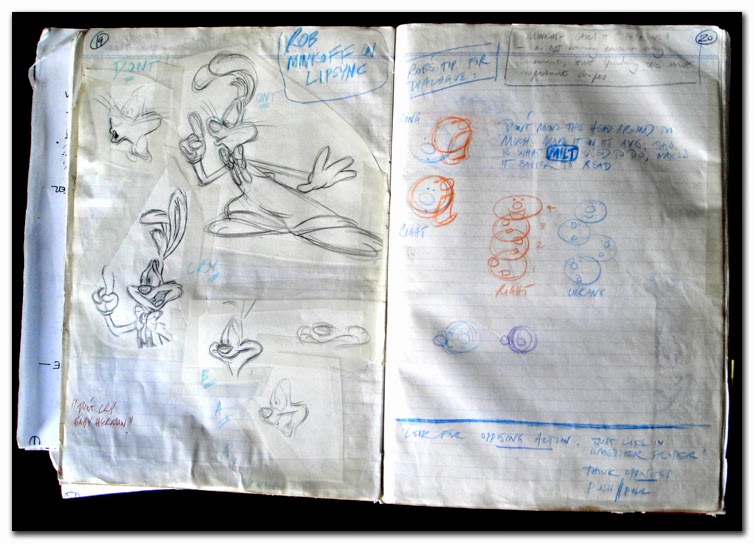 |
| Get ready for November. Photo: Wikipedia |
 |
| The best book on animation? |
First, here is a reading list to get you started. Buy some of these books online or check them out from your local library.
In at number one is The Animator's Survival Kit. We recommend that any serious student of animation should buy a copy. It is now the standard textbook for animators and easily the most comprehensive book available for learning animation.
| Character Animation Crash Course by Eric Goldberg |
- The Illusion of Life. The Illusion of Life was written by Disney animation legends Frank Thomas and Ollie Johnstone, and represents the accumulation of knowledge of the first "Golden Age" of Disney animation. An invaluable resource.
- Cartoon Animation. Cartoon Animation by Preston Blair was the first available book on animation, and has been in print since the early 1950s, regularly updated since then. Still full of very useful material.
- Timing for Animation by Harold Whittaker and John Halas is another very useful book on animation. It was first written some years ago but was recently updated and edited by former Animation Guild President Tom Sito.
- Character Animation Crash Course. The Character Animation Crash Course by Eric Goldberg is an excellent resource by one of the most talented 2D animators in the world - the man behind the genie in Disney's Aladdin.
- The Complete Digital Animation Course. The Complete Digital animation Course by Andy Wyatt is a very useful overall guide to all the processes involved in digital animation and film-making. Especially good for the technical bits that the older books don't cover.
OK - so you've bought a book or two - what else? The next thing to do, assuming you have a laptop at home, is get yourself a free copy of Autodesk Maya, and open it up. Maya is the main software we animate with, nowadays it's the industry standard. We recommend downloading Maya 1014 for now - there are some bugs related to the 2015 release which have not yet been removed.
Below is a free tutorial introducing the Maya interface (there are tons of similar ones) hosted at YouTube.
Maya does look a bit confusing at first but it's good to get familiar with the layout, and learn where the main hotkeys are, and how the interface works. You can register and get a free Maya student license here.
 |
| Animation Apprentice |
Once you have done that, take a look at the week 1 videos at the website. The week 1 videos are all free and this gives you a general introduction to the medium of animation, helping you to get familiar with the language of our craft.
 |
| Fill sketchbooks! |
Other useful things you can do include going to life drawing classes, and especially filling a sketch book with sketches, doodles and ideas. Being able to express an idea in a simple sketch is still a very useful skill, even in the digital age. We don't expect our students to be brilliant draftsmen, but we do expect you to be able to pick up a pencil and do a sketch - even if it's a crude one. All great ideas begin with a drawing - however simple and basic.
If you do some or all the things on this list - you will have a great head start with us in September.
----Alex
To find out more about Animation Apprentice, click here for a link to Frequently Asked Questions.


Very high and nice post. Rigging in animation refers to the process of creating a skeleton or structure for a character or object, enabling it to be manipulated and animated. This involves setting up a hierarchical system of interconnected joints, controls, and constraints that define how the model moves and deforms. Rigging ensures smooth and realistic animation by providing animators with control over aspects such as movement, deformation, and articulation, facilitating the creation of lifelike characters and dynamic scenes. Unlock the full potential of rigging animation by clicking here to access our exclusive content, including how-to guides, FAQs, and customer testimonials.
ReplyDelete